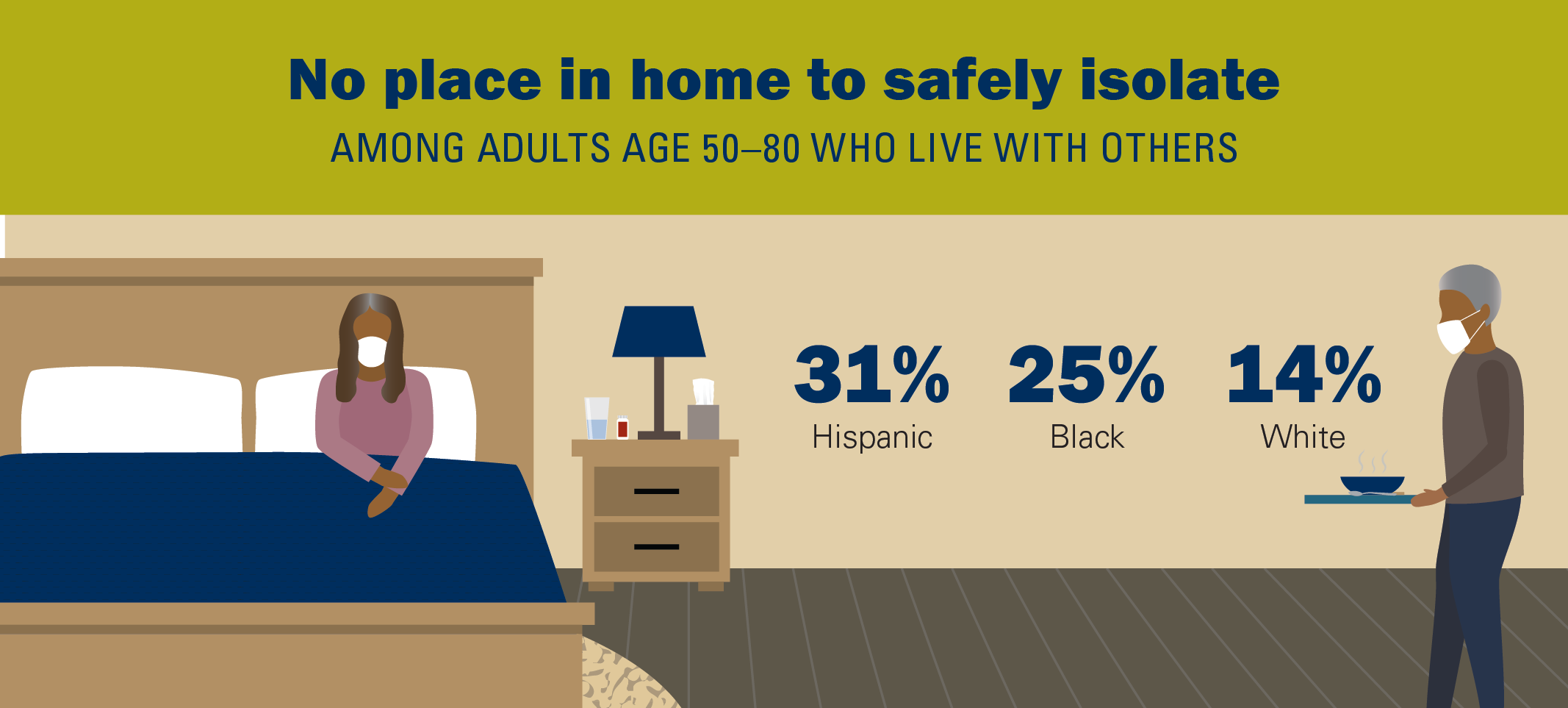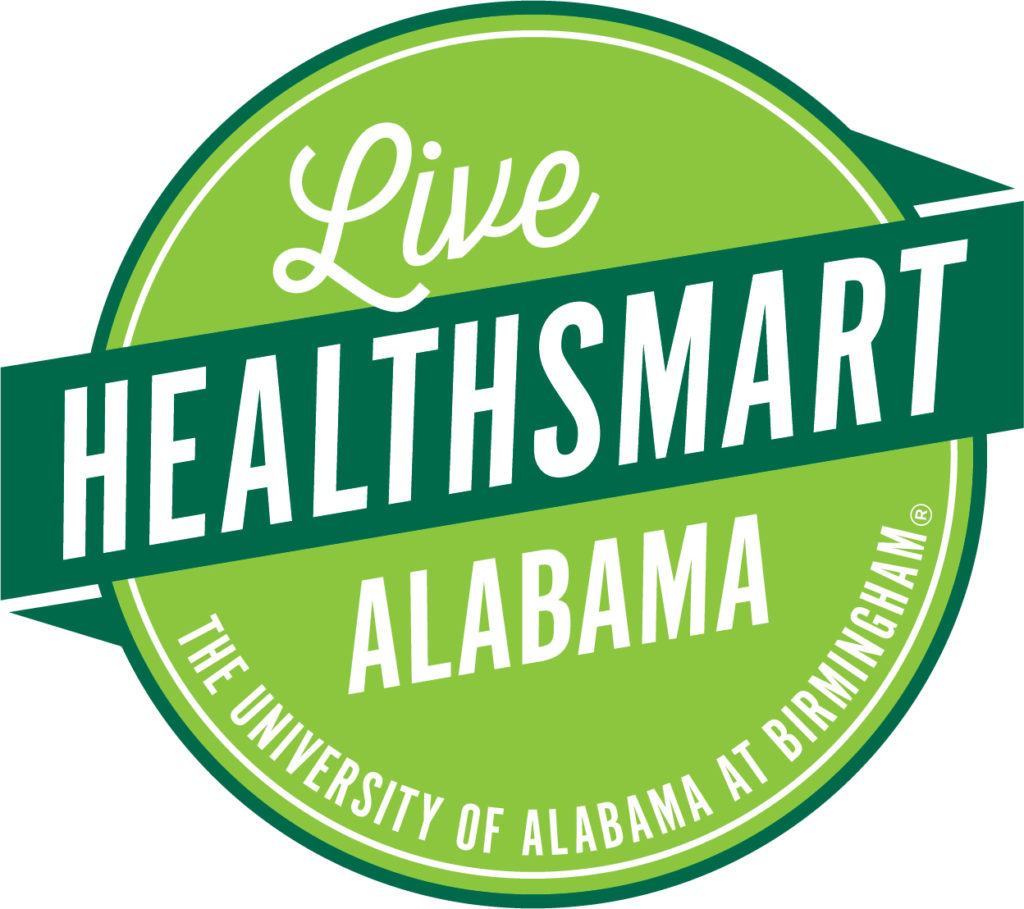Scientists from across the globe are calling for experts to show their willingness to tackle emissions challenges in the built environment sector by endorsing a call for more effective collaboration between researchers and policymakers.
Tag: Built Environment
Hot Streets, Historic Bias: Effects on Neighborhood Walking in Older Adults
Redlining from the 1930s, marked minority and low-income neighborhoods as “hazardous,” which influenced mortgage and insurance decisions. Results show that redlined areas have less greenspace and more pavement, intensifying urban heat. While higher temperatures generally decreased walking in “still desirable” or “best” neighborhoods, this effect was not significant in “definitely declining” or “hazardous” areas, possibly due to greater reliance on walking for essential activities. Findings underscore the lasting impact of discriminatory policies on environmental vulnerability and physical activity.
Notre Dame researchers create new tool to analyze embodied carbon in more than 1 million buildings in Chicago
The impact of embodied carbon in the built environment has been difficult to assess, due to a lack of data. To address that knowledge gap, Ming Hu, the associate dean for research, scholarship and creative work in Notre Dame’s School of Architecture, and Siavash Ghorbany, a Notre Dame graduate student in civil and environmental engineering, have created a new tool to analyze the embodied carbon in more than 1 million buildings in Chicago. Their recently published research identifies 157 different architectural housing types in the city and provides the first ever visual analysis tool to evaluate embodied carbon at a granular level and to help inform policymakers seeking to strategically plan for urban carbon mitigation.
Walkable Neighborhoods Help Adults Socialize, Increase Community
Adults who live in walkable neighborhoods are more likely to socialize and have a stronger sense of community, report researchers at the UC San Diego Herbert Wertheim School of Public Health and Human Longevity Science.
Charlotte researchers part of NSF-supported center investigating ‘healthier’ buildings
Could the design of a hospital or a school affect the germs that can spread within it? UNC Charlotte bioinformatics professor Anthony Fodor is part of a team seeking to find out. He is among the group of researchers undertaking an effort to better understand and improve the microbial communities of where people live, work and play.
UCLA Fielding School of Public Health Experts Available for Comment Related to 26th UN Climate Change Conference of the Parties (COP26) in Glasgow on 31 October – 12 November 2021.
The UCLA Fielding School of Public Health has experts available for comment and reaction to the 26th UN Climate Change Conference of the Parties (COP26) in Glasgow on 31 October – 12 November 2021. These include renowned scientists with expertise on…
Pandemic planning: lessons from the white plague
University of South Australia architectural historian Dr Julie Collins says that, if history is anything to go by, the COVID-19 pandemic could have a lasting impact on how – and where – we live.
ACSM / Anthem American Fitness Index to Reveal 2021 Fittest City
For more than a decade, the evidence-based ACSM / Anthem American Fitness Index has recognized the critical role physical activity and city infrastructure play in a city’s overall health and fitness. ACSM and the Anthem Foundation will release the 2021 Fitness Index rankings at 7 a.m. EDT on July 13.
Study: Environmental risks exacerbated for vulnerable populations in small towns
A new study of small Iowa towns found that vulnerable populations within those communities face significantly more public health risks than statewide averages.
SARS-CoV-2 Detectable — Though Likely Not Transmissible — on Hospital Surfaces
UC San Diego School of Medicine researchers discovered that SARS-CoV-2, or at least its genetic signature, abounds on hospital surfaces, often co-locating with one particular type of bacteria.
Fast food, supermarkets, other aspects of built environments don’t play expected role in weight gain
People don’t gain or lose weight because they live near a fast-food restaurant or supermarket, according to a new study led by the University of Washington. And, living in a more “walkable”, dense neighborhood likely only has a small impact on weight.

Poll shows inequality among older adults in ability to isolate a COVID-19-positive person at home, or get outside
People who have tested positive for COVID-19 should isolate themselves from the other people they live with. But a new poll suggests that nearly one in five older adults don’t have the ability to do this – and that there are disparities by race, ethnicity, income and health status.
Building cities with wood would store half of cement industry’s current carbon emissions
Shifting to wood as a building construction material would significantly reduce the environmental impact of building construction. If 80% of new residential buildings in Europe were made of wood inside and out, they would store the equivalent of about half of the cement industry’s annual emissions.

Arlington, Va., Named ‘Fittest City’ in 2020 American Fitness Index Ranking of Top 100
ACSM and the Anthem Foundation release the 2020 American Fitness Index, ranking America’s 100 largest cities on health behaviors, chronic disease and community infrastructure indicators. Arlington, Va. earned the title of “America’s Fittest City.” Seattle, Wash.; Minneapolis, Minn.; Madison, Wis.; San Francisco, Calif.; Washington, D.C.; Irvine, Calif.; Denver, Colo.; Boise, Idaho; and Boston, Mass., round out the top 10 fittest cities.
Neighborhood Features and One’s Genetic Makeup Interact to Affect Cognitive Function
Few studies have examined how the neighborhood’s physical environment relates to cognition in older adults. Researchers categorized 4,716 individuals by apolipoprotein E (APOE) genotype – a genetic risk factor for Alzheimer’s disease (AD) to determine if there are cognitive benefits of living in neighborhoods with greater access to social, walking and retail destinations. Results showed that the positive influence of neighborhood environments on cognition are strongest among those who are at the lowest risk for AD, specifically APOE ε2 carriers.

Can the state of Alabama conquer its biggest health challenges? It’s a Grand Challenge, and one state university is determined to prevail
For far too long, Alabama’s residents have seen their health statuses languish when compared to those of other states. Often, Alabama is a punchline when it comes to obesity, diabetes and the overall health of its people. But the consequences, unfortunately, are counted in decreased quality of life, increased health costs and lives lost — hardly a laughing matter.

Are Some Urban Settings Riskier for Traffic Injury or Death? We Know Less Than You Think
How risky is travel in the U.S.? It gets tricky. Despite a lot of research on the dangers of traffic injury and death, there’s a lack of clarity on the role of the built environment (roadway designs and adjoining development) and its risk effects. Before we can know how risky a given built environment is, we have to know how many people are traveling there, and in many cases, for pedestrians and cyclists, this data is not available.